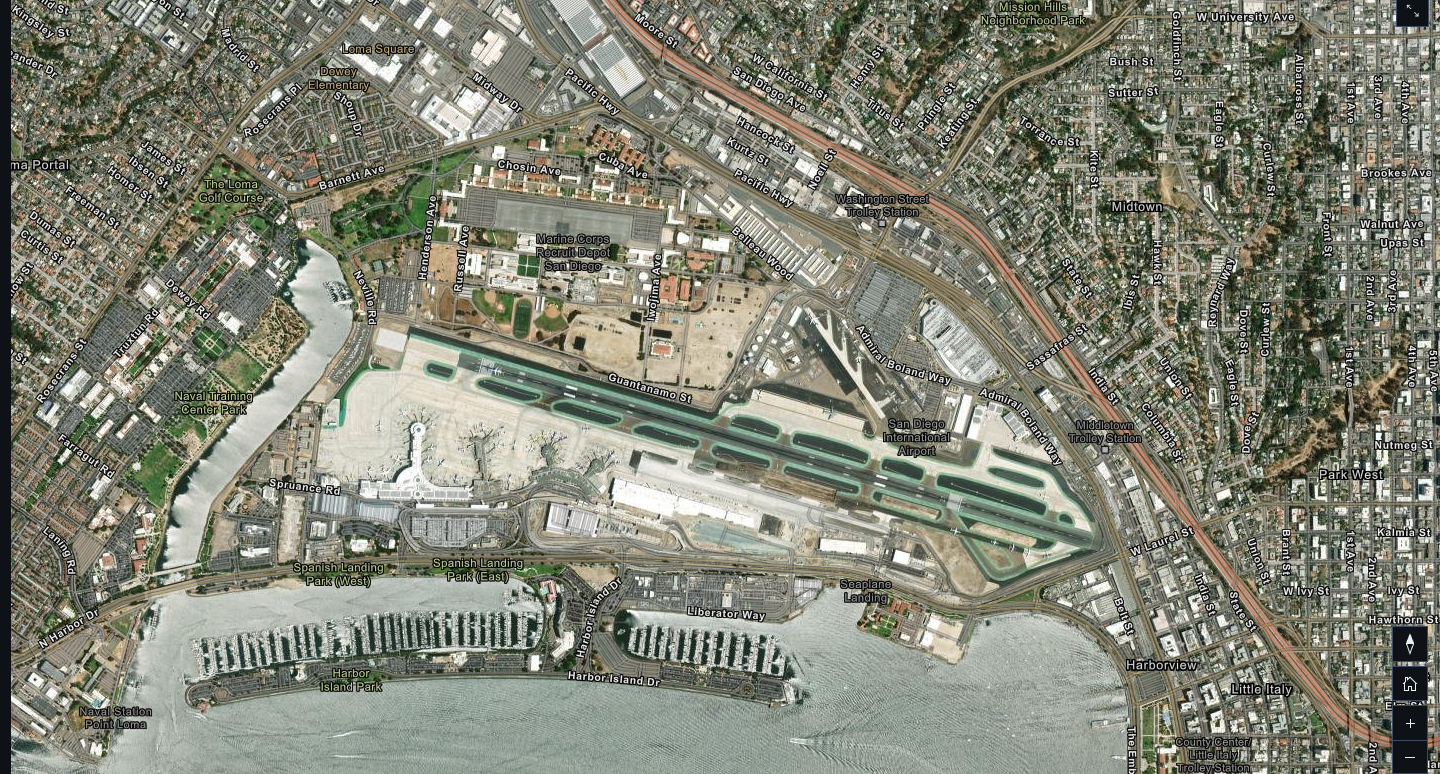In aerial photogrammetry, timing isn’t just important—it’s everything. When capturing high-resolution images for mapping or 3D reconstruction, especially using multiple cameras simultaneously, precise synchronization and accurate timestamping are critical to the success of the mission. This is particularly true in aerial survey setups using ultra-high-resolution cameras like the LEO 150MSC-6Tgc.
Application Overview: Aerial Survey with 5-Camera Configuration
A customer recently approached us with a professional aerial mapping requirement involving the following setup:
5 industrial cameras in total:
- 1 vertical camera (nadir view) with a 50 mm lens
- 4 oblique cameras positioned at angles with 70 mm lenses
- All cameras must be triggered simultaneously via hardware trigger
- Each camera's exposure time must be precisely logged using GPS time
- The GPS receiver must receive a direct trigger-out pulse from each camera to accurately correlate the image with positioning data
This is a classic multi-camera aerial photogrammetry scenario, where synchronization and georeferencing must be tightly coupled.
Camera Recommendation: LEO 150MSC-6Tgc
To meet the requirements of ultra-high-resolution capture and precise timing, we recommended the LEO 150MSC-6Tgc, a 151-megapixel medium format CMOS camera. With its outstanding image clarity and robust triggering options, it's purpose-built for demanding aerial imaging.
Addressing the Key Questions
1. Can the camera work with GPS to record exposure time precisely?
Yes.
The LEO 150MSC-6Tgc supports hardware-level synchronization and can be externally triggered by a timing pulse. In an aerial mapping application, this trigger-in signal typically comes from a flight management system (FMS) or GPS-based timing controller.
Upon receiving the trigger, the camera performs the exposure and can simultaneously output a trigger-out pulse, which is sent back to the GPS receiver to mark the exact exposure timestamp.
This allows the GPS system to log exposure time with sub-millisecond precision, which is essential for geotagging and post-processing.
2. Does the camera support trigger-out signal output?
Yes.
The camera includes dedicated trigger-out (strobe) functionality, which can be configured to emit a pulse immediately at the start or end of exposure. This signal can be directly fed into the GPS receiver to record the actual exposure moment, ensuring high-accuracy time correlation between image and position.
Technical Highlights
- Resolution: 151MP (14204 × 10652)
- Sensor Format: Medium Format CMOS
- Trigger Modes: External hardware trigger input, strobe (trigger-out) output
- Interface: Camera Link (Deca) or CoaXPress for high-speed data transfer
- Integration: Compatible with standard GPS and FMS systems used in aerial platforms
Why Synchronization Matters in Aerial Imaging
In a multi-camera system, even millisecond-level timing drift can result in parallax issues, poor stitching quality, and inaccurate DSM/orthophoto generation. By using cameras like the LEO 150MSC-6Tgc with precise trigger-in/out and GPS sync, users can:
- Achieve pixel-level alignment across all 5 views
- Ensure accurate photogrammetric processing
- Minimize post-processing corrections
- Improve overall map quality and measurement accuracy
Conclusion
The LEO 150MSC-6Tgc proves to be an excellent fit for multi-angle aerial photogrammetry, offering both exceptional image quality and sophisticated synchronization capabilities. With support for hardware triggering and GPS-linked trigger-out signals, it enables highly accurate mapping solutions that scale from local surveys to national aerial campaigns.
If you're planning a multi-camera aerial system and need tight integration with GPS, reach out to us to explore how the LEO 150MSC-6Tgc or similar models can support your mission.

